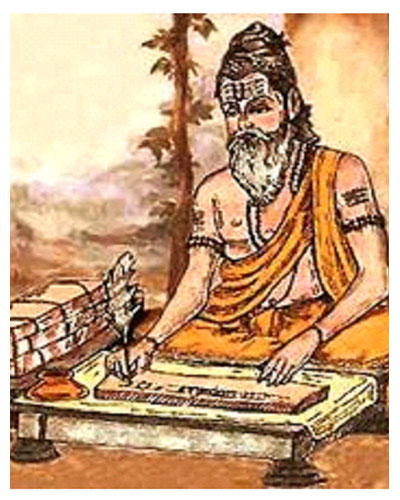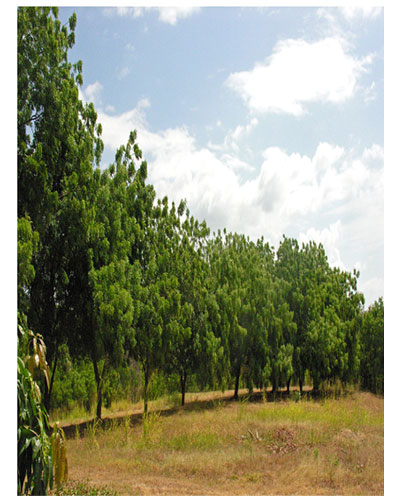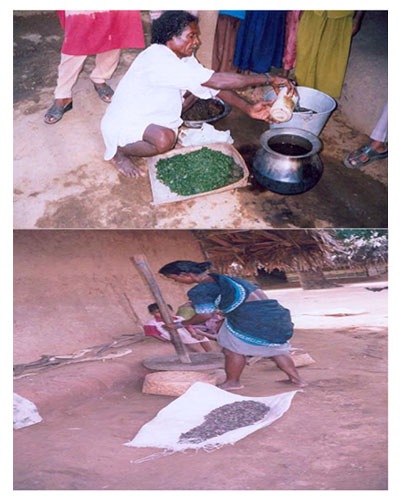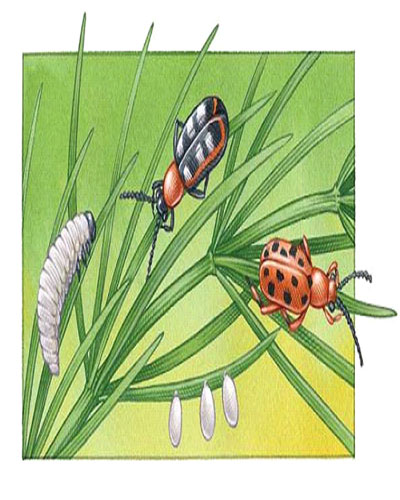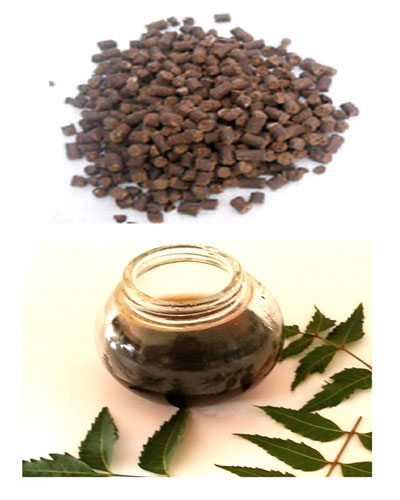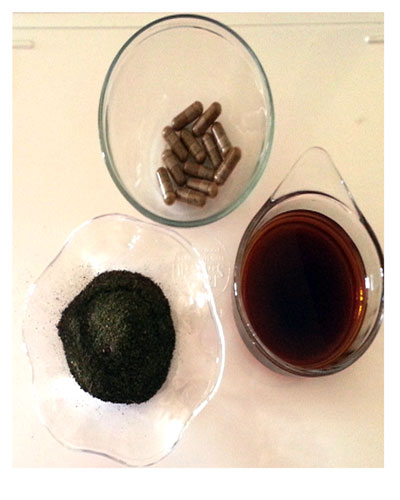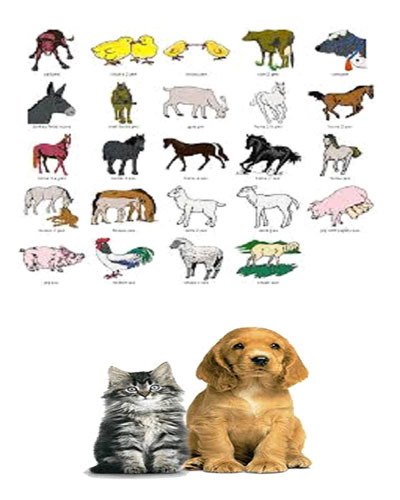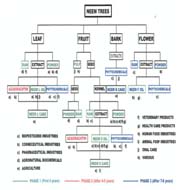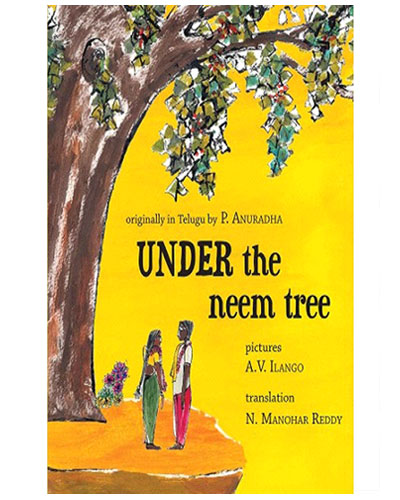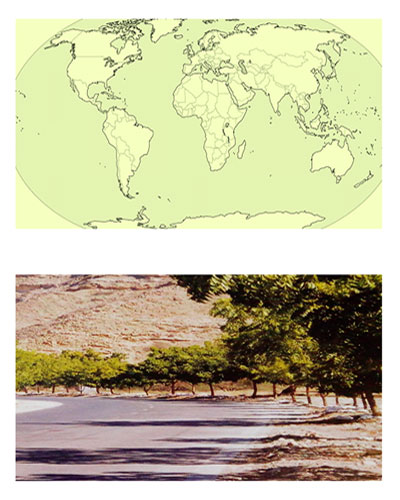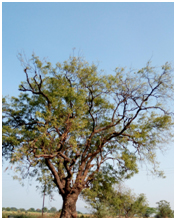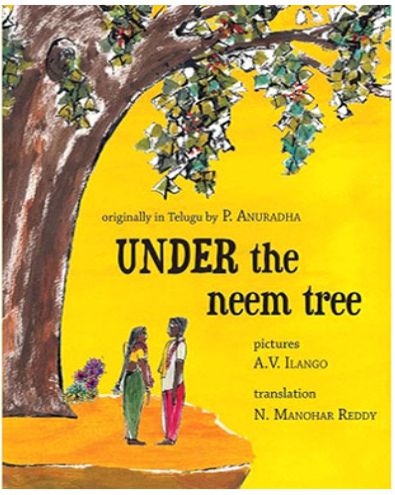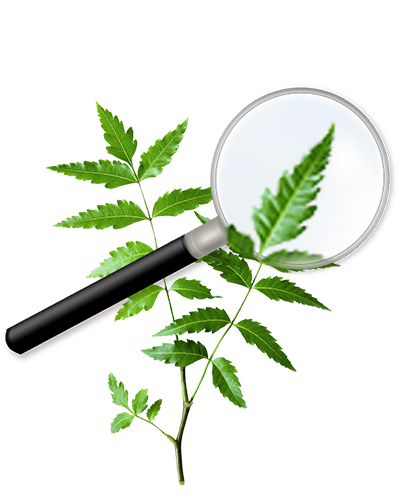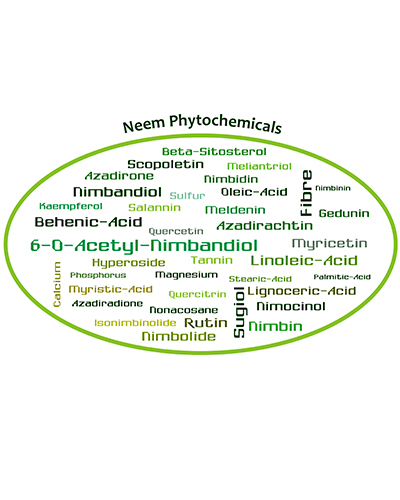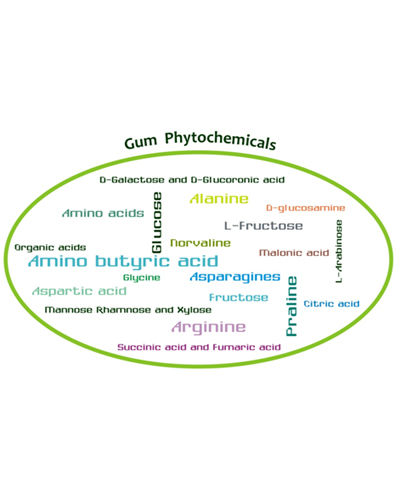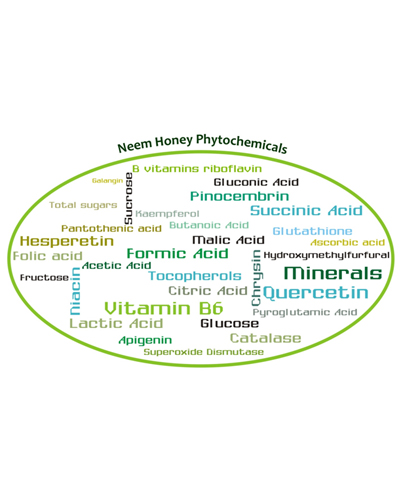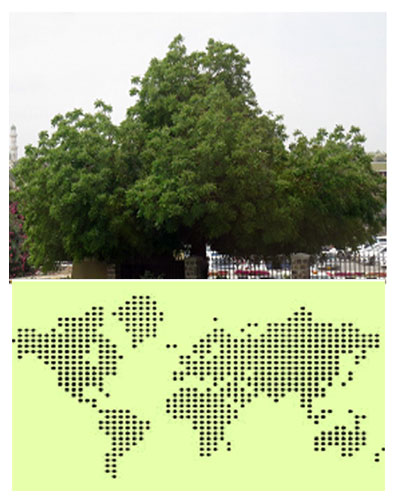Indian Folktale
Once upon a time in a village in India, there lived a farmer and his wife. The farmer decided to go to the nearby town, to try his luck. His wife did not want him to leave. So she sought advice from the sage who lived beside the village temple. ‘Do not stop him. But ask him to promise you this: each night, on his way to town he must sleep under a tamarind tree. But when he returns home, ask him to sleep at night under the neem tree.’ advised the sage. The puzzled wife went home but asked her husband to do just as the sage had said. Next morning he left for the city.
In ten days the young man was back in the village. Surprised, the wife asked what had brought him back so soon. ‘It was illness’ he said. ‘The nearer I went to town, the worse I felt. When I reached town, my fever was so high I could not look for a job. And there was no one to care for me. So I decided to come home. Strangely, when I reached the village I got better. Town life is not for me.’ His wife smiled and remembered to take the sage a special meal that evening. Indians believe that the neem air is health giving but that the tamarind tree exudes noxious vapours.
There is a well said phrase in Hindi, “Sachai Neem ki taraha karwee hoti hai” which means “The truth is as bitter as Neem.” As truth saves you, so Neem saves your life.
A key advantage of using Neem in contrary to conventional treatments and other herbs, is its compliance with the first tenant of the Hippocratic Oath taken by all physicians “First, cause no harm”.
Neem was considered as indispensable part of the traditional Indian medical system from time immemorial. The three traditional medical systems of India Ayurveda, Unani and Siddha even today use various parts of neem tree for diverse preparations of medicines.
Today Science is recognizing and proving the effects of this wonder tree. Neem can cure more than forty diseases major and minor. The greatest use of Neem in the future will be in the pharmaceutical industry. At a time when the pharmaceutical industry is concerned about the rising costs, lack of new leads from synthetic and combinatorial chemistry, re-visiting the medicinal properties of neem can play a major role for source of new drug leads. Transforming these types of drugs into Western prescription pharmaceuticals presents major opportunities together with some unique challenges.
Neem possesses an enormous structural and chemical diversity unsurpassable by any other plants. Neem evolutionally optimized as drug-like molecules and it represents the richest source of novel molecular scaffolds and chemistry, can lead to the unbiased discovery of novel targets.
External medicinal uses of Neem is for the treatment of dermatological disorders like psoriasis, herpes, eczema, purities, and acne vulgaris, inflammatory condition, infected wounds, abscesses and ulcer, ophthalmic care, ear infection and sinusitis, alopecia and hair care, snake bite and scorpion sting, rheumatic pain, gout, etc. Internally Neem is used for dental hygiene, for treating malaria and filaria, typhoid, digestive disorders, liver disorders, intestinal worms, hepatitis, spleenomeglay, respiratory disorders, tuberculosis, urinary disorders, gynaecological problems, diabetes, hypertension, cancer, leprosy, leucoderma, allergies, etc., infectious diseases such as smallpox, chicken pox, and measles, vaginal disorders, sexually transmitted infection, and AIDS.
Nowadays, the research groups, worldwide, are paying double attention on high tech extraction methods for Neem bark, leaves and flowers extracts. These high quality extract can be used in human healthcare products. With some of the most deadly diseases, such as cancer, studies are being carried out by different research groups, showing promising results with these extracts as follows:
- Inducing the apoptosis process in cancerous cells
- Inhibition of the growth of several tumours
- Boosting the immune system
- Anti-Oxidant, anti-inflammatory, anti-bacterial, antiviral, anti fungal activities are proved either in vitro or in vivo

